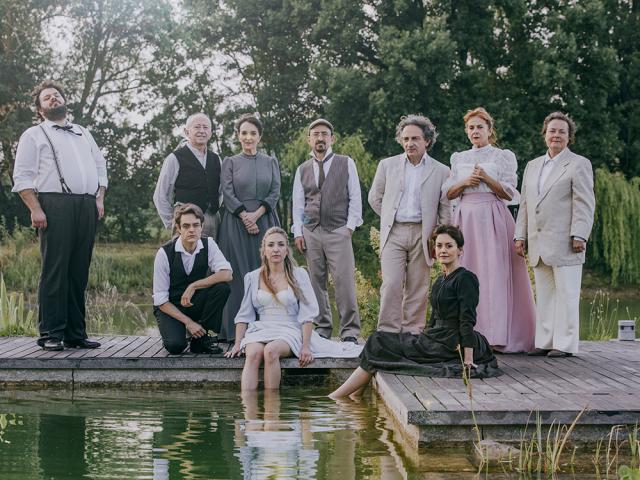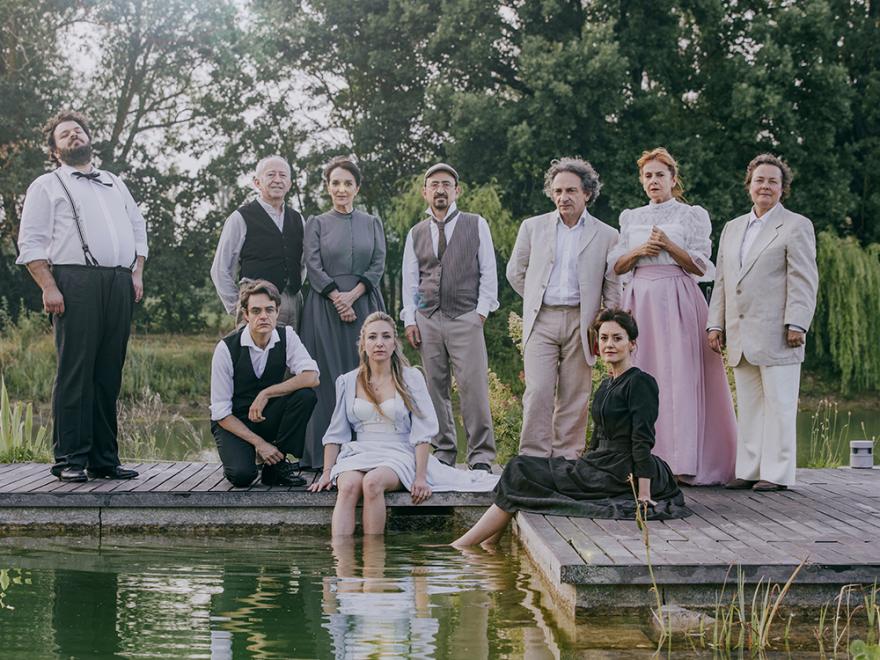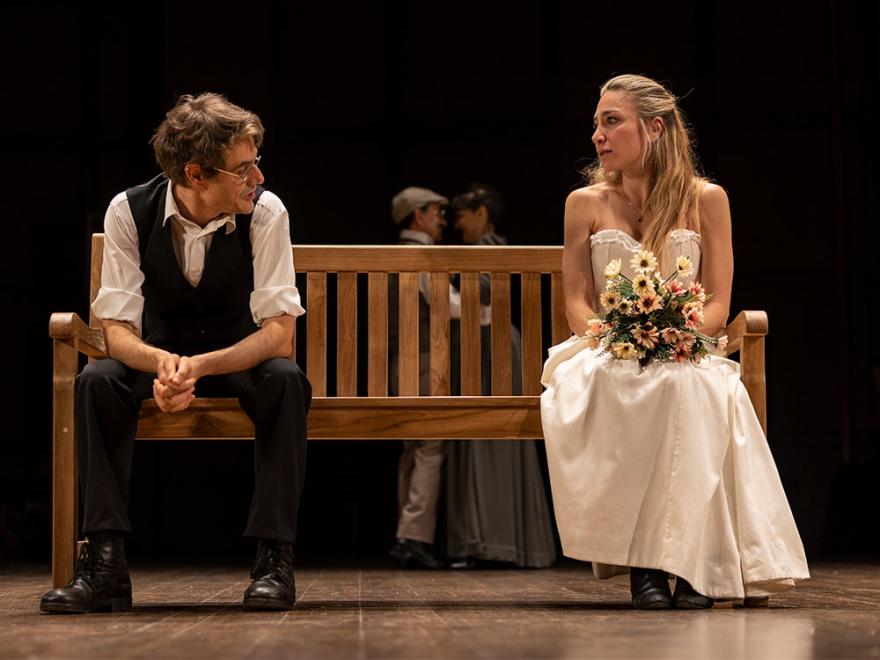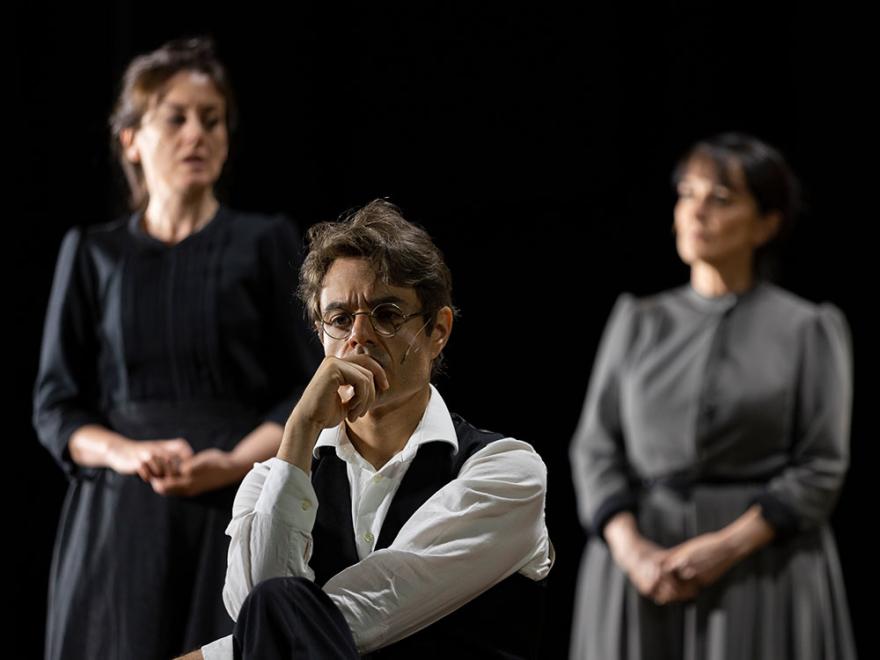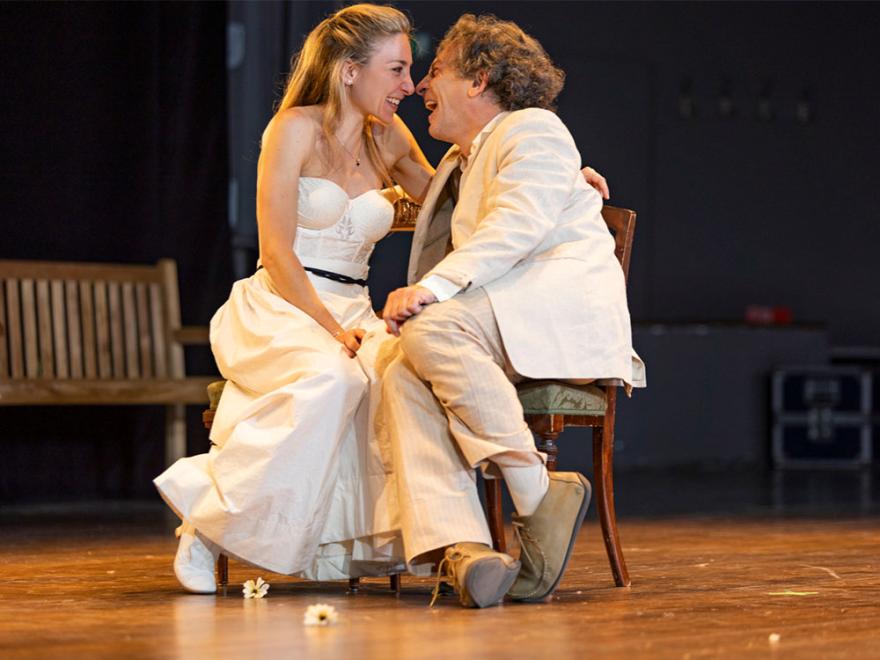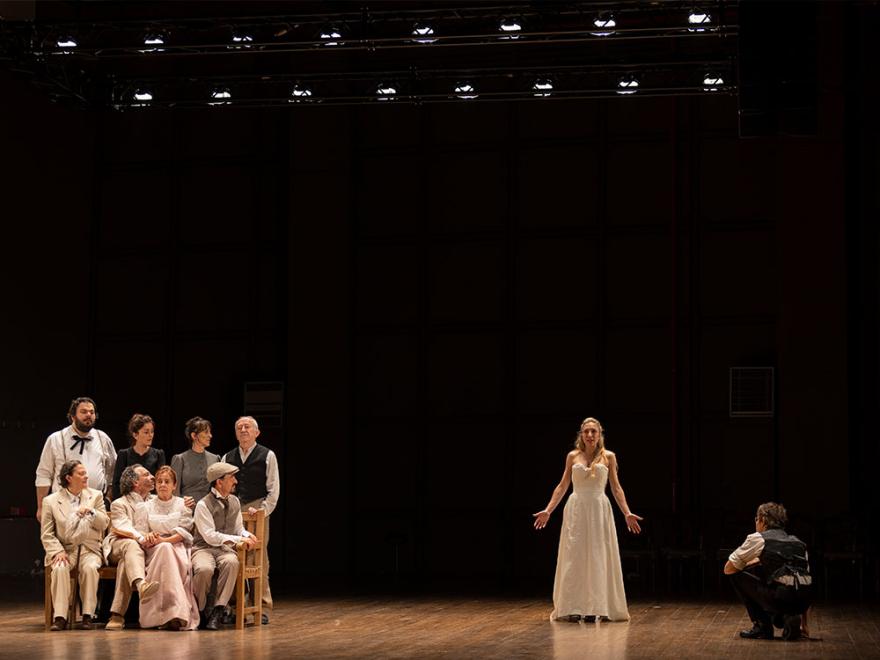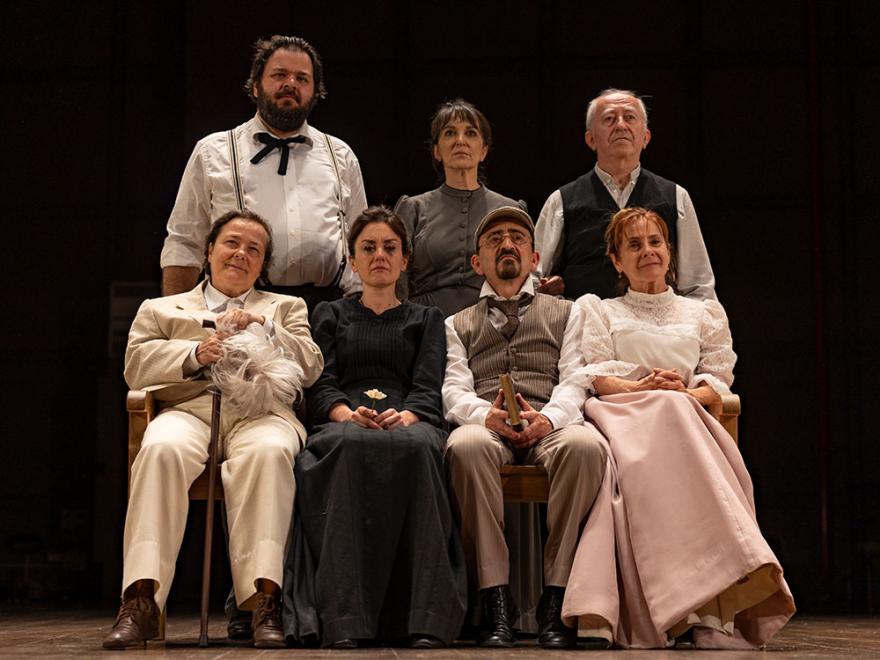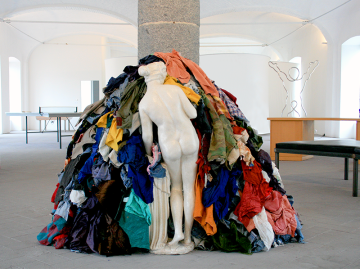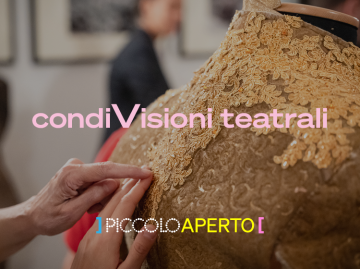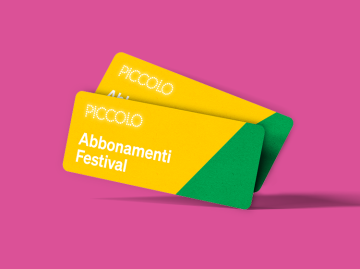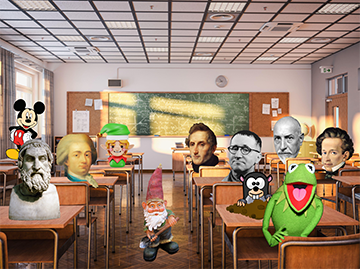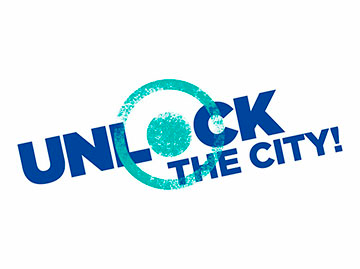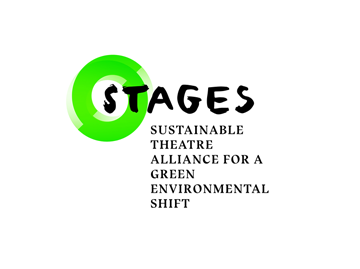“The seagull is the piece that truly led me to love theatre, my all-time favourite. It is true that I say this of many works, but in this piece, I can find everything that fascinates me about the theatre”; Leonardo Lidi begins his trilogy dedicated to the masterpieces of Čechov.
Written by Anton Čechov in 1895, by his own account “going against theatrical conventions in a terrible manner”, The seagull was a total flop at its first performance. The poetry of the text, those two worlds of unrequited love and lost illusion, were not understood. So much so that Čechov seriously considered giving up playwriting for ever. Fortunately, the following performances gradually saw increased appreciation from the audiences, and two years later the production directed by Stanislavski was a true triumph.
“The play – explains Leonardo Lidi – represents love and loves absence, an elegant presentation of characters and emotions. The relationship between form and art. Between us and them. The audience and its eternal reflection. Individuals never abandoned, undecided on what to do, devoid of muscle, enveloped in fear of questions and the simplicity of answers. Memories and nostalgia, infancy, that encounter that led us to suffer, and the one that changed our lives. Or made us smile. Or made us cry. Or both. This is how Čechov was ahead of his time; this is how to use a text to examine life”.
The seagull is the first part of a trilogy that will continue with Uncle Vanya and The cherry orchard. “Three homes, or perhaps one and the same – continues the director –, three families, or perhaps one and the same. And as we strain to understand the right way to address our tormented present, and as well try to sell Vanya’s house or save our legendary orchard, we wait in hope to discover life through love. Through the theatre. Waiting for a kiss”.
Duration: 110' without interval
Learn more
Booklet
ReadWritten by Anton Čechov in 1895, by his own account “going against theatrical conventions in a terrible manner”, The seagull was a total flop at its first performance. The poetry of the text, those two worlds of unrequited love and lost illusion, were not understood. So much so that Čechov seriously considered giving up playwriting for ever. Fortunately, the following performances gradually saw increased appreciation from the audiences, and two years later the production directed by Stanislavski was a true triumph.
“The play – explains Leonardo Lidi – represents love and loves absence, an elegant presentation of characters and emotions. The relationship between form and art. Between us and them. The audience and its eternal reflection. Individuals never abandoned, undecided on what to do, devoid of muscle, enveloped in fear of questions and the simplicity of answers. Memories and nostalgia, infancy, that encounter that led us to suffer, and the one that changed our lives. Or made us smile. Or made us cry. Or both. This is how Čechov was ahead of his time; this is how to use a text to examine life”.
The seagull is the first part of a trilogy that will continue with Uncle Vanya and The cherry orchard. “Three homes, or perhaps one and the same – continues the director –, three families, or perhaps one and the same. And as we strain to understand the right way to address our tormented present, and as well try to sell Vanya’s house or save our legendary orchard, we wait in hope to discover life through love. Through the theatre. Waiting for a kiss”.
Duration: 110' without interval
Learn more
Booklet
ReadCredits
by Anton Čechov
direction assistant Noemi Grasso
Tickets
Category of performance Hosted Shows
Stalls full price € 33 | Discounted (under 26 and over 65) € 21
Balcony full price € 26 | Discounted (under 26 and over 65) € 18
Subscriptions
The performance is available for subscription holders
To purchase a subscription online, click here
How and where to purchase
For information, click here
COVID-19
Read the guidelines
Organised groups and audiences
For information on tickets for organised groups:
tel. +39 02 72 333 216
email promozione.pubblico@piccoloteatromilano.it
